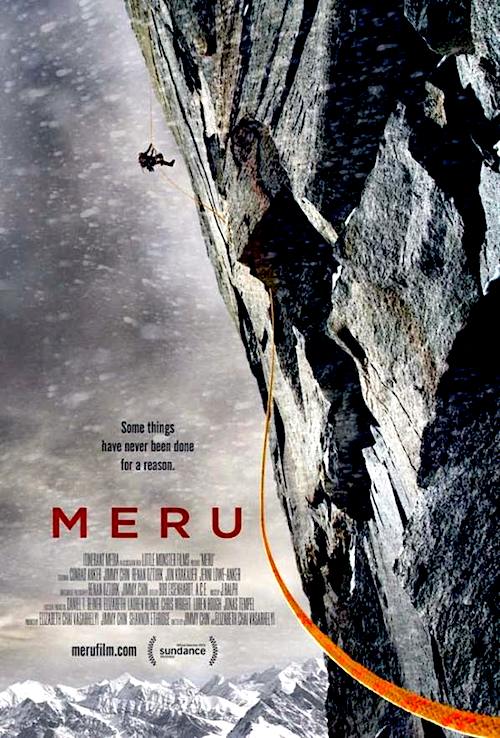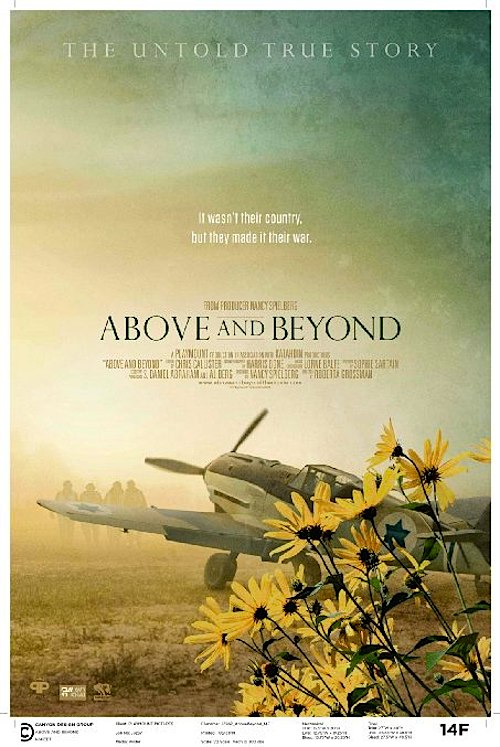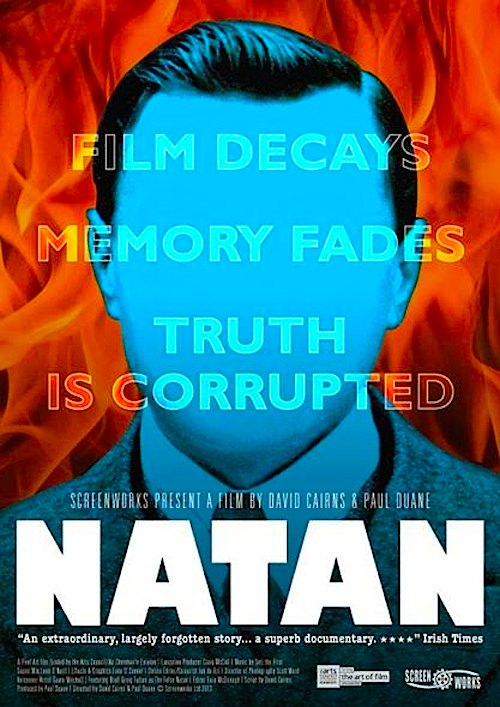Meru Official Trailer from Chai Vasarhelyi on Vimeo.
By Joe Bendel. You could call it the extremely scenic route. In the alpinist world, the forbidding Shark’s Fin route up Mount Meru was one of the last great conquests. Three climbers came maddeningly close in 2008, but fell short. Filmmaker-alpinist Jimmy Chin and his producer-co-director wife E. Chai Vasarhelyi document the 2008 expedition, their 2011 return, and the dramatic intervening events in Meru, which screens during the 2015 Sundance Film Festival.
Located in the Northern Indian Himalayas, Meru had been summited before, but never via the Shark’s Fin. It is an arduous field of ice obstacles, frozen sheer, offering precious few footholds or crevices. So why climb it? Presumably, because it is there. As one of the most respected alpinists climbing today, Conrad Anker was an obvious candidate to finally lick the Shark’s Fin. Chin also had extensive experience as a climber and photographer. Renan Ozturk was the junior man on the team, but the trio meshed well together. They just didn’t quite make it on their first attempt.
 Frankly, Chin and Vasarhelyi do not spend must time establishing the significance of Mount Meru or the Shark’s Fin, pretty much launching into the climbing right away. Similarly, we do not get much sense of the three climbers’ personalities, until about halfway through. However, when two of the three are sidelined by misfortune, we start to get a better sense of who they are and what Meru means to them.
Frankly, Chin and Vasarhelyi do not spend must time establishing the significance of Mount Meru or the Shark’s Fin, pretty much launching into the climbing right away. Similarly, we do not get much sense of the three climbers’ personalities, until about halfway through. However, when two of the three are sidelined by misfortune, we start to get a better sense of who they are and what Meru means to them.
Anker had previously lost one regular team-member (ultimately marrying his widow), so he already knew tragedy first hand. Nevertheless, the time between Meru expeditions was comparatively less eventful for him. In contrast, after Ozturk barely survives a spectacular accident, it is unclear how much basic mobile function he will regain. Initially, the notion of mountain climbing in general seems awfully ambitious, let alone attacking the Shark’s Fin. Somehow, Chin also survived a freak avalanche. He is relatively unscathed physically, but clearly quite shaken, emotionally and spiritually.
By the time the three men launch their second campaign against the Shark’s Fin, the audience is thoroughly primed for a feast of redemption. Frankly, everything about the 2011 attempt just sort of boggles the mind, especially some of the jury-rigging we see them do with faulty equipment. Co-cinematographers Chin and Ozturk capture some absolutely awesome shots, particularly given the circumstances they were working under. Indeed, the film looks incredible and it eventually delivers the comeback satisfaction it promises.
The stakes have increased for subsequent mountaineering documentaries following the release of the very good to great The Summit, Beyond the Edge, and K2: Siren of the Himalayas, but Meru finds something new to say (and ends on a considerably different note than the first and third films). It seems like a particularly fitting Sundance film, incorporating elements of previous selections, like The Summit and The Crash Reel, but ending with considerably more uplift. Highly recommended for fans of outdoorsy cinema, Meru screens in Park City, as part of this year’s Sundance Film Festival.
LFM GRADE: B
Posted on February 1st, 2015 at 10:49am.




